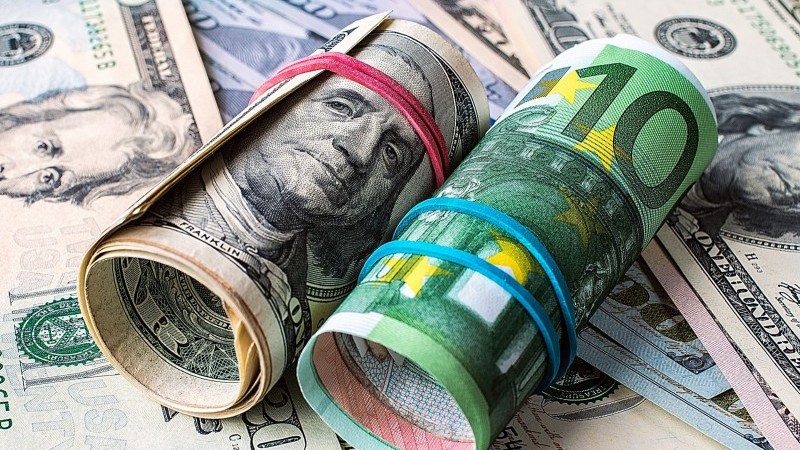The second release of the US GDP report for the fourth quarter revised down the annual growth rate from 3.3% to 3.2%, but at best there is little indication that the growth environment is softening. Government consumption was revised upward along with private consumption (even though retail sales had previously been revised downward). The factors that caused the slump in GDP were an increase in imports due to strong demand and a decrease in inventories. All of this actually indicates that the economy is becoming more active.
On the inflation front, the PCE deflator (the Fed's preferred inflation measure) for the fourth quarter has been revised upward from 2.0% to 2.1%, and the January numbers will be released today. Our forecast is for core M/M of 0.4%, which we believe supports the recent hawkish reassessment of Fed rate expectations. Currently, the price of the federal funds future curve has eased by 80 basis points.
Our US economists note that upward pressure on PCE in January was primarily driven by insurance premiums, medical costs, and portfolio management fees. Much of that is not actually a reflection of underlying demand or supply-driven price increases, but rather more circumstantial factors such as rising crime and a strong stock market. Still, this should be enough to deter the Fed from dovish policy renewal for a little longer.
From a currency perspective, we expect the dollar to find some support following today's release. Data on consumer spending and the weekly unemployment claims report should also weigh on the dollar. The euro-heavy DXY index is likely to be affected by today's initial Eurozone CPI, but we believe it is more likely to end the week above 104.00 than below.
Francesco Pesole

